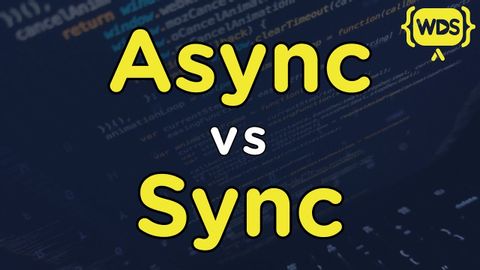異步與同步編程 (Asynchronous Vs Synchronous Programming)
 沒有此條件下的單字
沒有此條件下的單字US /ɪnˈkrɛdəblɪ/
・
UK /ɪnˈkredəbli/
- adv.令人難以置信的是;難以置信地;非常地;令人難以置信地
US /ˈɑbviəs/
・
UK /ˈɒbviəs/
- adj.明顯的;顯而易見的 ;顯而易見的;明目張膽的
- n. (c./u.)範本;典範;圖案;花樣;模式;方式;規律;紙樣
- v.t.仿造;用圖案裝飾
US /ˈkɑnˌsɛpt/
・
UK /'kɒnsept/

